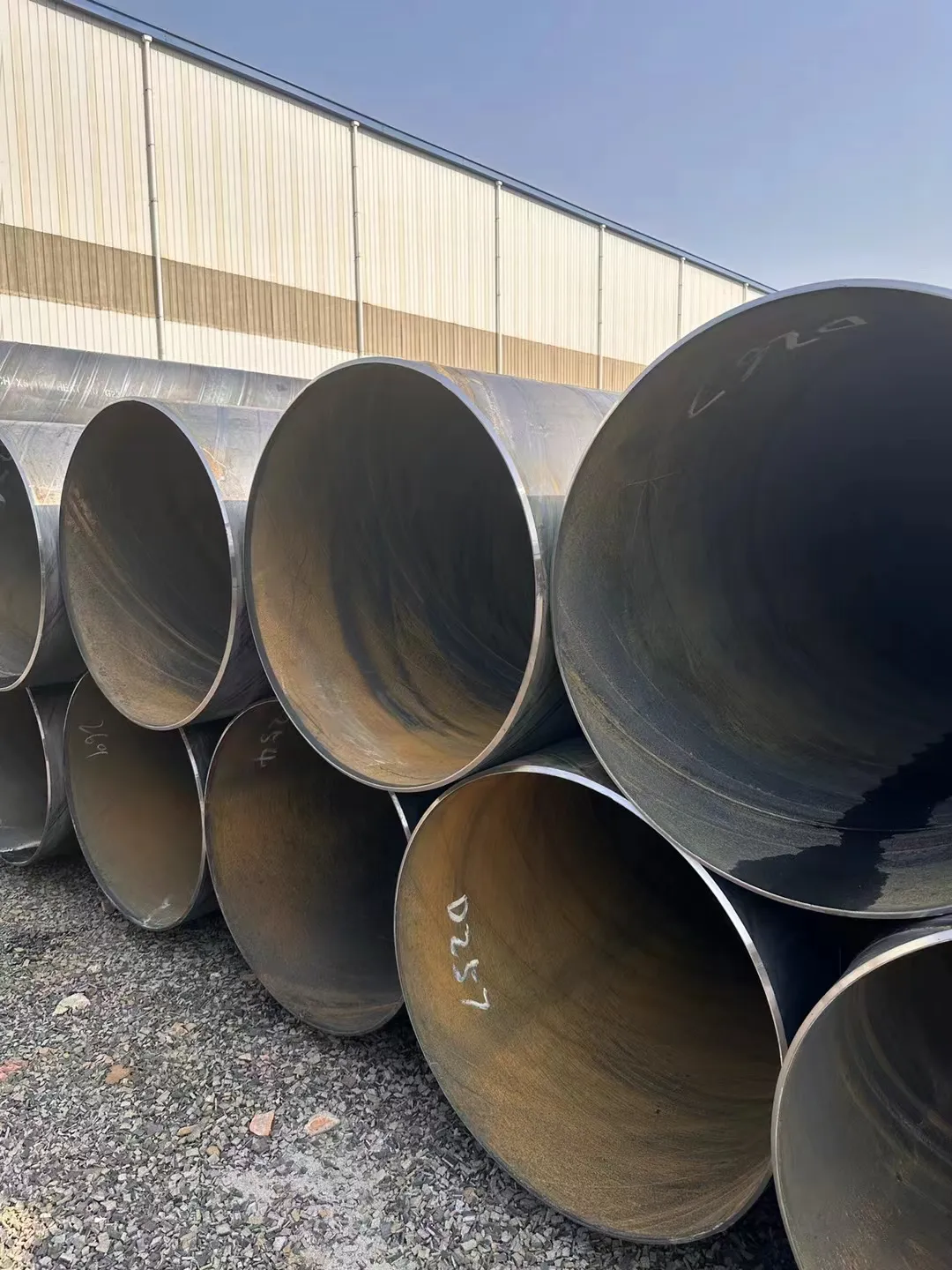-
Cangzhou Yulong Steel Co., Ltd.
-
Phone:
+86 13303177267 -
Email:
admin@ylsteelfittings.com
- English
- Arabic
- Italian
- Spanish
- Portuguese
- German
- kazakh
- Persian
- Greek
- French
- Russian
- Polish
- Thai
- Indonesian
- Vietnamese
- Zulu
- Korean
- Uzbek
- Hindi
- Serbian
- Malay
- Ukrainian
- Gujarati
- Haitian Creole
- hausa
- hawaiian
- Hebrew
- Miao
- Hungarian
- Icelandic
- igbo
- irish
- Japanese
- Javanese
- Kannada
- Khmer
- Rwandese
- Afrikaans
- Albanian
- Amharic
- Armenian
- Azerbaijani
- Basque
- Belarusian
- Bengali
- Bosnian
- Bulgarian
- Catalan
- Cebuano
- China
- China (Taiwan)
- Corsican
- Croatian
- Czech
- Danish
- Esperanto
- Estonian
- Finnish
- Frisian
- Galician
- Georgian
- Kurdish
- Kyrgyz
- Lao
- Latin
- Latvian
- Lithuanian
- Luxembourgish
- Macedonian
- Malgashi
- Malayalam
- Maltese
- Maori
- Marathi
- Mongolian
- Myanmar
- Nepali
- Norwegian
- Norwegian
- Occitan
- Pashto
- Dutch
- Punjabi
- Romanian
- Samoan
- Scottish Gaelic
- Sesotho
- Shona
- Sindhi
- Sinhala
- Slovak
- Slovenian
- Somali
- Sundanese
- Swahili
- Swedish
- Tagalog
- Tajik
- Tamil
- Tatar
- Telugu
- Turkish
- Turkmen
- Urdu
- Uighur
- Welsh
- Bantu
- Yiddish
- Yoruba

Oct . 06, 2024 23:28 Back to list
ansi b16 1 flange
Understanding ANSI B16.1 Flanges Standards and Applications
Flanges are critical components used in various piping systems, serving as connection points for different sections of piping, valves, and equipment. Among the numerous flange specifications, ANSI B16.1 stands out, representing a set of standards for cast iron flanges in the United States. This standard provides guidelines for the dimensions, tolerances, marking, and materials of flanged joints, which are essential for ensuring the reliability and safety of piping systems in numerous applications.
Overview of ANSI B16.1 Standards
The ANSI B16.1 standard was established by the American National Standards Institute (ANSI) and is maintained by the American Society of Mechanical Engineers (ASME). It specifically covers the standardization of cast iron flanges, including their dimensions, pressure ratings, and the methods of testing for their integrity. The standard designates flanges into different classes based on their pressure-temperature ratings, which determines their suitability for various operating conditions.
Key Features of ANSI B16
.1 Flanges1. Materials ANSI B16.1 flanges are primarily made from cast iron, a material known for its strength and durability. Cast iron can withstand high pressures and is resistant to corrosion, making it an ideal choice for various industrial applications.
2. Types of Flanges The standard includes several types of flanges, including raised face, flat face, and ring-type joint flanges. Each type has unique characteristics that cater to different installation and sealing requirements.
3. Pressure Ratings ANSI B16.1 flanges are classified into several pressure classes, typically ranging from Class 25 to Class 250. The designated class indicates the flange's maximum working pressure at a specific temperature. Understanding this classification is crucial for engineers and designers to ensure that the flanges can operate safely under expected system pressures.
ansi b16 1 flange

4. Dimensions and Tolerances The standard outlines detailed dimensional guidelines for flanges, including bolt hole spacing, flange thickness, and outer diameter. These specifications ensure proper alignment and mating with other pipe fittings, which is vital for maintaining the integrity of the piping system. Tolerances are also established to accommodate variations during manufacturing and to ensure that flanges fit together correctly.
5. Marking Requirements To facilitate identification and traceability, ANSI B16.1 mandates specific marking on each flange. This marking typically includes the manufacturer's name or trademark, the standard number, the flange class, and the material designation. This information is crucial for maintaining quality control and ensuring that proper materials are used in the construction of piping systems.
Applications of ANSI B16.1 Flanges
ANSI B16.1 flanges are widely utilized in various industries, including waterworks, sewage treatment, HVAC systems, and chemical processing. Their robust construction makes them particularly suited for applications involving high pressures and temperatures, as well as in environments where corrosion resistance is necessary.
In waterworks, for instance, these flanges are often used to connect pipes in municipal water systems, providing a reliable and leak-free junction. In chemical processing, they play a vital role in facilitating safe and efficient transport of chemicals, where the integrity of connections is paramount.
Conclusion
The ANSI B16.1 flanges represent a fundamental element in the world of piping systems, providing the necessary standards for safe and efficient connections. Understanding the features, classifications, and applications of these flanges helps engineers and technicians select the right components for their specific projects. By adhering to established standards, industries can ensure not only the performance of their systems but also the safety of their operations. With the continued dependency on robust piping systems across various sectors, the relevance of ANSI B16.1 remains critical for professionals in the field.
Latest news
-
ANSI 150P SS304 SO FLANGE
NewsFeb.14,2025
-
ASTM A333GR6 STEEL PIPE
NewsJan.20,2025
-
ANSI B16.5 WELDING NECK FLANGE
NewsJan.15,2026
-
ANSI B16.5 SLIP-ON FLANGE
NewsApr.19,2024
-
SABS 1123 FLANGE
NewsJan.15,2025
-
DIN86044 PLATE FLANGE
NewsApr.19,2024
-
DIN2527 BLIND FLANGE
NewsApr.12,2024
-
JIS B2311 Butt-Welding Fittings LR/SR 45°/90° /180°Seamless/Weld
NewsApr.23,2024











